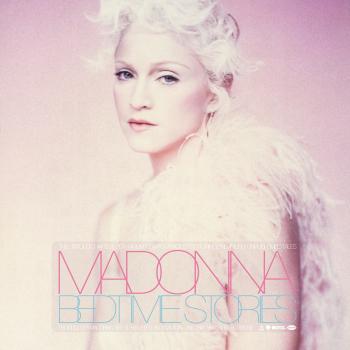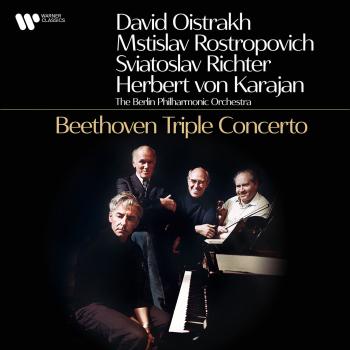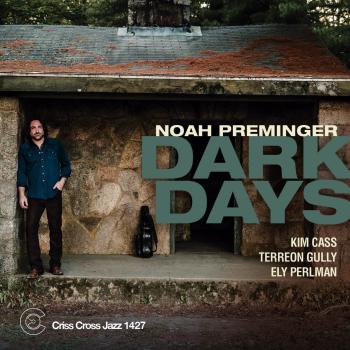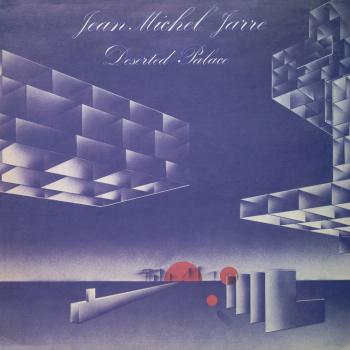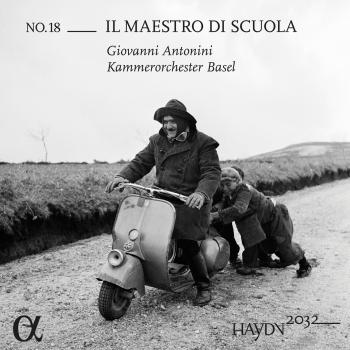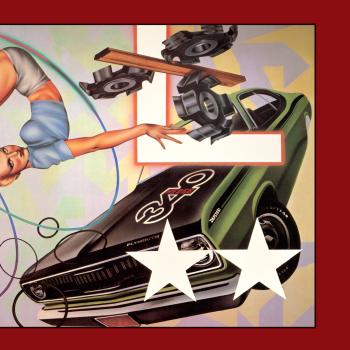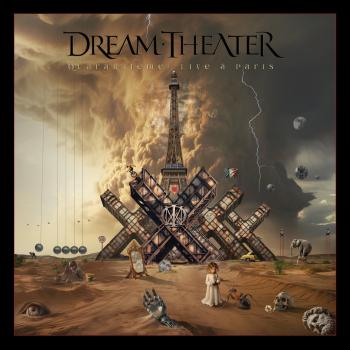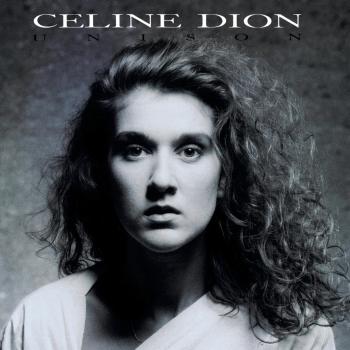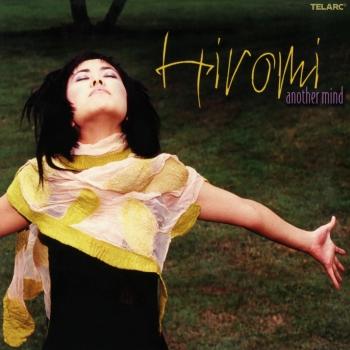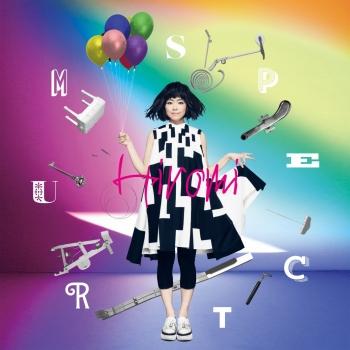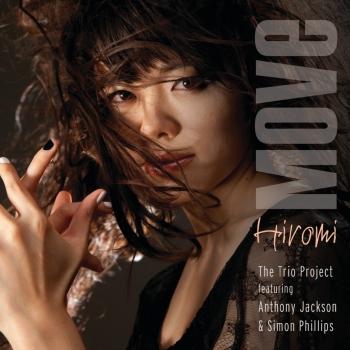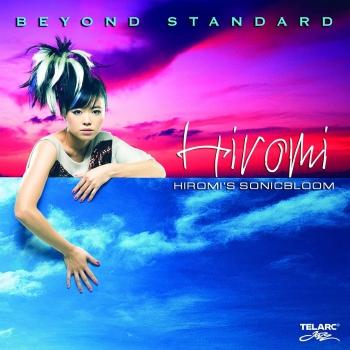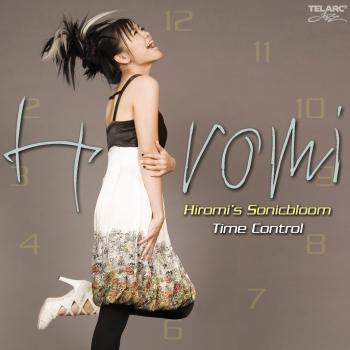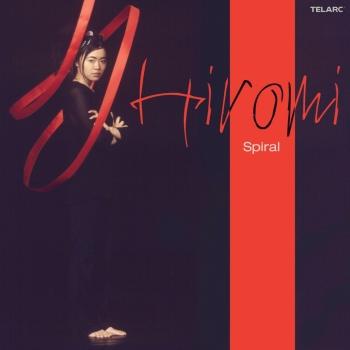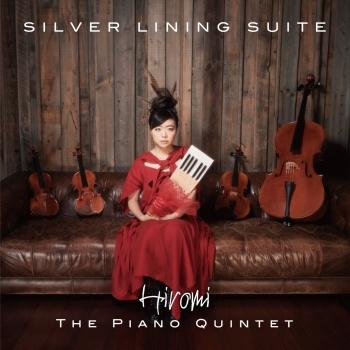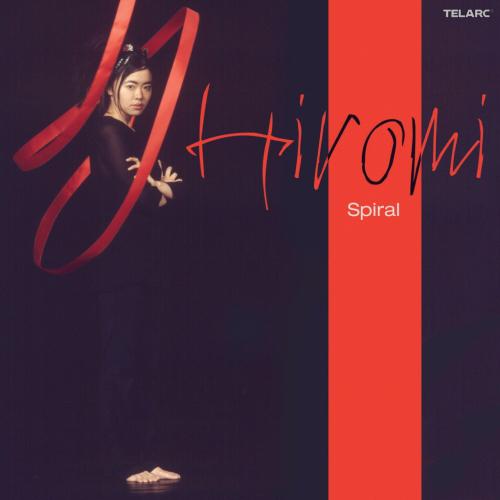
Spiral (Remastered) Hiromi
I`m sorry!
Dear HIGHRESAUDIO Visitor,
due to territorial constraints and also different releases dates in each country you currently can`t purchase this album. We are updating our release dates twice a week. So, please feel free to check from time-to-time, if the album is available for your country.
We suggest, that you bookmark the album and use our Short List function.
Thank you for your understanding and patience.
Yours sincerely, HIGHRESAUDIO
- 1 Spiral 10:03
- 2 Music For Three-Piece-Orchestra: Open Door - Tuning - Prologue 10:14
- 3 Music For Three-Piece-Orchestra: Déjà vu 07:46
- 4 Music For Three-Piece-Orchestra: Reverse 05:09
- 5 Music For Three-Piece-Orchestra: Edge 05:18
- 6 Old Castle, by the river, in the middle of a forest 08:19
- 7 Love And Laughter 09:01
- 8 Return Of Kung-Fu World Champion 09:40
Info for Spiral (Remastered)
Nach einem Musikstudium im heimischen Japan bekam die Pianistin Hiromi Uehara 1999 ein Stipendium an der renommierten Berklee School Of Music in Boston. Dort lernte sie nicht nur Legenden wie Oscar Peterson, Chick Corea und ihren Mentor Ahmad Jamal kennen, sondern auch zwei virtuose Kommilitonen: den Bassisten Tony Grey und den Schlagzeuger Martin Valihora. Und mit ihnen legt sie nun ihr drittes Album Spiral vor, auf dem sie erneut Jazz mit avantgardistischen, klassischen und Fusion-Einflüssen zu einem ganz und gar eigenen Ganzen vermischt. Im Zentrum steht dabei die vierteilige Suite „Music For Three-Peace Orchestra“. Sie beginnt mit einem Klaviersolo, bevor Bass und Schlagzeug mit Hiromi kommunizieren und im Zuge dessen immer tiefer in die Welt des modernen Piano-Trios vordringen. Im sehr rhythmusbetonten zweiten Teil darf dann Bassist Tony Grey Glanzlichter setzen und er tut es, indem er manchmal klingt, als würde man Pat Metheny an der Gitarre hören. Spannend und zwingend sind auch die beiden letzten Suitenteile, in denen Hiromi alle Register ihrer superben Piano-Technik zieht. Weitere Höhepunkt sind „Old Castle, By The River, In The Middle Of A Forrest“, welches mit kraftvollem Piano-Anschlag an Chick Coreas beste Fuison-Zeiten erinnert, und das jazzige, Amad Jamal gewidmete „Love And Laughter“. Das Ergebnis ist ein starkes Jazz-Piano-Album, mit dem Hiromi einmal mehr beweist, dass sie zu den wichtigsten neuen Pianisten zählt.
"Poetisch, ja fast romantisch, metallisch, auch funky, widerspenstig, mal zurückhaltend, dann wieder akrobatisch in ihrer Intonation, behält die junge japanische Pianistin trotz aller Vorbilder ihre Eigenständigkeit, ganz nach dem Credo ihres Förderers Ahmad Jamal, von dem Miles Davis sagte, er sei in seiner ausgewogenen Mischung aus Verspieltheit und Sparsamkeit ein überragendes Genie." (Stereo)
Hiromi Uehara, Klavier
Tony Grey, Bass
Martin Valihora, Schlagzeug
Digitally remastered
Hiromi
Born in Hamamatsu, Shizuoka, Japan on March 26, 1979, Hiromi’s piano lesson’s started when she was six, and she performed her first recital at that age. Her first teacher, Noriko Hikida, encouraged her to access both the intuitive and technical aspects of music. “Her energy was always so high, and she was so emotional,” Hiromi says of Hikida. “When she wanted me to play with a certain kind of dynamics, she wouldn’t say it with technical terms. If the piece was something passionate, she would say, ‘Play red.’ Or if it was something mellow, she would say, ‘Play blue.’ I could really play from my heart that way, and not just from my ears.”
Hikida also exposed Hiromi to jazz and introduced her to the great pianist Errol Garner and Oscar Peterson. She enrolled in the Yamaha School of Music at age six, and started to write music at same time.
Hiromi moved to the United States in 1999, and matriculated at the Berklee College of Music in Boston, which extended her artistic sensibilities. “It expanded so much the way I see music,” she says. “Some people dig jazz, some people dig classical music, some people dig rock. Everyone is so concerned about who they like. They always say, ‘This guy is the best,’ ‘No, this guy is the best.’ But I think everyone is great. I really don’t have barriers to any type of music. I could listen to everything from metal to classical music to anything else.”
Among her mentors at Berklee was the veteran jazz bassist/arranger Richard Evans, who teaches arranging and orchestration. It was Evans who took Hiromi’s demo tape to his friend and collaborator: the legendary pianist/bandleader Ahmad Jamal. “[Professor Evans] really liked how I played,” Hiromi fondly recalled. “And Ahmad loved the demo – I couldn’t believe it! He’s been very encouraging and supportive. He’s an amazing human being.”
Evans co-produced her debut CD, Another Mind, with Jamal, who has also taken a personal interest in Hiromi’s artistic development. “She is nothing short of amazing,” says Jamal. “Her music, together with her overwhelming charm and spirit, causes her to soar to unimaginable musical heights.” Another Mind was a critical success in North America, and in her native Japan, where the album shipped gold (100,000 units) and received the Recording Industry Association of Japan’s (RIAJ) Jazz Album of the Year Award. Hiromi’s astonishing debut was but a forecast of the shape of jazz to come.
Her second release, Brain, won the Horizon Award at the 2004 Surround Music Awards, Swing Journal’s New Star Award, Jazz Life’s Gold Album, HMV Japan’s Best Japanese Jazz Album, and the Japan Music Pen Club’s Japanese Artist Award (the JMPC is a classical/jazz journalists club). The CD was also named Album of the Year in Swing Journal’s 2005 Readers Poll. In 2006, Hiromi won Best Jazz Act at the Boston Music Awards and the Guinness Jazz Festival’s Rising Star Award. She also claimed Jazzman of the Year, Pianist of the Year and Album of the Year in Swing Journal Japan’s Readers Poll for her 2006 release, Spiral. Hiromi’s winning streak continued with the release of Time Control in 2007 and Beyond Standard in 2008. Both releases featured Sonicbloom: her hand-picked group that included guitarist Dave “Fuze” Fiuczynski, bassist Tony Grey and drummer Martin Valihora.
Hiromi achieved a number of milestones in 2009. She recorded with pianist Chick Corea – who she met in Japan when she was seventeen – on Duet, a two-disc live recording of their transcendent, trans-generational and transcultural duo concert in Tokyo. She also appeared on bassist Stanley Clarke’s Heads Up International release, Jazz in the Garden, which also featured former Chick Corea bandmate, drummer Lenny White.
In June of that same year, Hiromi simultaneously released two concert DVDs, both recorded in Tokyo: Hiromi Live in Concert (recorded in December 2005) and Hiromi’s Sonicbloom Live in Concert (recorded in December 2007). The former features the rhythm section of Grey and Valihora, while the latter includes Fiuczynski’s incendiary fretwork.
In 2010, Hiromi released A Place To Be, and impressive and intimate solo piano CD; her evocative aural travelogue of the many places and spaces she visited around the world. “I wanted to record the sound of my twenties for archival purposes,” she says. “I felt like the people whom I met on the road during my twenties really helped me develop and mature as a musician and as a person. So in addition to making a record that represented all of these places that have inspired my music, I also wanted it to be a thank-you to those people.”
She followed up A Place To Be with a DVD, Hiromi Solo Live at Blue Note New York. Recorded on August 20 and 21, 2010, at the Blue Note in New York City, the video includes 11 originals and a special bonus feature with interview clips and performance footage from some of Hiromi’s favorite cities around the world.
On her 2011 album, Voice, Hiromi’s goal was to capture people’s “inner voices” to create what she called a “three-dimensional sound.” On that album, she assembled a trio that included herself and two veteran players; contra-bass guitarist Anthony Jackson (Paul Simon, The O’Jays, Steely Dan, and Chick Corea) and drummer Simon Phillips (Toto, The Who, Judas Priest, David Gilmour, Jack Bruce). While Hiromi had played with Jackson prior to recording Voice, she had never recorded an entire album with either him or Phillips, who had been recommended to her by legendary bassist Stanley Clarke, a mutual acquaintance.
Also in 2011, The Stanley Clarke Band CD featuring Hiromi won the GRAMMY® Award for Best Contemporary Jazz Album.
While on the road, Hiromi started writing music for the follow-up CD, Move, released in 2013. “Because I had been playing with Anthony and Simon for quite a bit, I just started to understand their characteristics, and I could find a hidden gem in their playing,” she explains. “There’s so much more to their playing. As a composer, I really wanted to write the songs especially for them, and I wanted to extract the unique beauty of their playing.” Move, like Voice, had an overriding theme, which Hiromi describes as “time in one day.” “You wake up and go to work and then hang out,” she says. “The album is like a soundtrack for a day.” That same year, she had several impressive placements in DownBeat magazine’s 61st Annual International Critics Poll, in the Jazz Artist, Piano, Keyboard, and Rising Star: Piano categories. Also, in 2013, she performed at George Wein’s Newport Jazz Festival, and will perform there for the festival’s sixtieth anniversary in 2014.
Alive, was her ninth album as a leader in Hiromi’s ever-evolving musical life. “I’m hungry to learn,” she told DownBeat magazine, “so I’ll always my big ears open fully, ready to learn every single minute that I play.”
Her latest ablum "Live in Montreal" is a duet featuring Edmar Castaneda, released in 2017.
After a successful World Tour with the duo, Hiromi will return 2019 with a new Solo Album. Only a handful of pianists are able to fill concert Halls as a Solo Artist and Hiromi is one of them!
This album contains no booklet.

